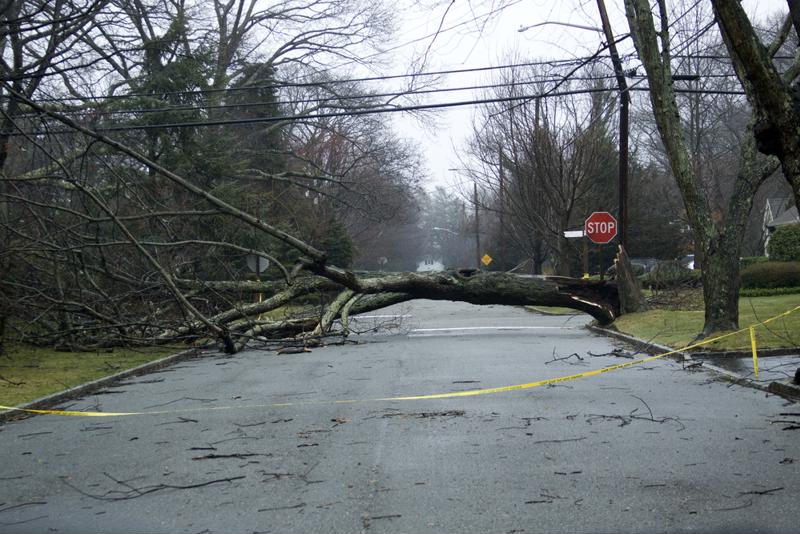Prepare your home for hurricane season

In Long Island, hurricane season starts June 1 and lasts until Nov. 30. Although the worst storms usually don’t come until late August, September or October, it’s never too early to prepare your home and family for a severe storm.
Whether a hurricane or tropical storm brings gale-force wind or just rain, there are a few things that people can do to decrease the chance of damage to their homes and increase their family’s safety. Follow these tips to prep for storm season this year.
Prepare for the worst
Often, hurricanes do the most damage to the Gulf area and south Atlantic Coast, but every so often a hurricane will cause serious flooding and damage in New York. When this serious storm makes landfall, it’s critical that you’re ready to handle it. Take steps to prepare for this today with this advice from the National Weather Service’s National Hurricane Center.
- Make a disaster supply kit – In case you lose power or are trapped in your home for a few days, it’s important to have all of your supplies in an easy-to-find, safe container. Make sure you have food, water, a first-aid kit, a radio and a flashlight among other supplies.
- Have contact information handy – Keep phone numbers for your local emergency management office, your law enforcement agency and your insurance company, especially if there’s water damage to your records.
- Know your risk – Talk to your emergency management office about how much risk your home is at for flooding and damage before a storm ever forms to accurately know how to prepare.
- Create an evacuation plan – If the government tells you to evacuate, it’s important that you’re ready to go in a moment’s notice. Talk to your family about different contingency plans and know your evacuation route by heart.
Clean your roof and gutters
For less severe hurricanes and tropical storms, the biggest danger to your house comes from the nonstop rain. If your roof and gutters aren’t ready to handle a large amount of water, it can pool up and cause leaks or collapses. Take time to clean out your gutters and test your drainage system. If it needs work, talk to your exterior designer about new roofing and drainage options.

Brace outdoor items
High-speed winds are unlikely to damage your home on their own, but if the wind picks up a nearby table or chairs, damage could be imminent. Tie down outdoor items or bring them inside to prevent them from becoming missiles that could harm your house or your neighbors.
Protect your windows and garage door
Aside from roof and gutter damage, your windows and garage door are most at risk for damage. Depending on the severity of the storm, you should board up or protect these fragile parts of your home. A broken garage door can lead to serious structural complications and high repair costs.
Monitor the storm
The best defense against these storms is being prepared. Use news and government sources to watch the storm and know when to evacuate, brace furniture or protect your home.
Prevent secondary damage
After a hurricane, you may have minor or major damage to your home. From missing shingles and siding damage to broken windows and water damage, these storms can do a number. Talk to your home design expert to get advice on how to repair with durability in mind.
Fixing these issues quickly can prevent further damage such as leaks or a damaged roof.
Image by Roger Mosley from Pixabay
- Additions and New Construction
- All Exteriors
- Alterations
- Basements
- Bathrooms
- Customer Service
- Customer Stories
- Decks
- Design & Planning Show
- DIY
- Doors
- Educational Resources
- Extreme Makeover Home Edition
- Fashion Show
- General Remodeling
- Green Living
- Handyman Home Services
- Home Decor
- Home Entertainment
- Home Improvement
- Home Improvements
- How to Tips
- In The Community
- Kitchens
- Off-the-Wall Remodeling Stories
- Remodeling
- Resources
- Roofing
- Siding
- Social Media
- Sunrooms
- Tips & Tricks
- Trends
- Windows

